Langtang Gosaikunda trek is certainly one of the most beautiful trekking adventures in Nepal. A quiet mountain region with beautiful scenery around is also popular for the cultural experience. The ethnic Tamang and Sherpa people of the region have unique cultural riches that you can experience while on the trek.
Overview
Langtang Trek to Gosaikunda Lake is the Himalayan trekking adventure that is nearest to Kathmandu Valley. The adventure goes to the Langtang region of the Himalayas to the north of Kathmandu valley. You will explore the beautiful Langtang Valley and the Gosainkunda region during the trek. The Langtang Gosaikunda trek guides you through dense forests, charming villages, and high-altitude meadows in the Langtang National Park. It eventually leads you to the holy Gosaikunda Lake, which holds great significance for Hindus and Buddhists alike.
Starting your journey from Syabrubesi, a small town that can be reached from Kathmandu, you will gradually climb through the lush landscapes of the Langtang Valley. The Langtang Gosainkunda trek path meanders through thick rhododendron and bamboo forests, which are home to various wildlife species, including the rare red panda, Himalayan black bear, and a variety of birds. As you ascend further, the scenery opens up to reveal breathtaking views of snow-covered peaks like Langtang Lirung, Dorje Lakpa, and Ganesh Himal. The peaceful beauty of the Langtang Valley, combined with the majestic presence of towering mountains.
The Langtang and Gosaikunda Trek offers a perfect combination of stunning natural beauty and rich cultural heritage. It allows trekkers to discover the mesmerizing landscapes of the Himalayas, interact with the local communities, and immerse themselves in the spiritual atmosphere of one of Nepal's most respected trekking spots.
What do you see during Langtang Trek to Gosainkunda Lake?
In addition to being the nearest Himalayan trek from Kathmandu, it is also a beautiful cultural adventure. As soon as you start the trek from Syabrubesi, you will find the wonderful natural and cultural riches of the region.
The trek first goes towards the Langtang Valley Trek and takes you to Kyanjing Gompa. This trail will offer you an incredible cultural experience of the ethnic people living in the region. You will certainly enjoy the breathtaking view of the mountains during the trek.
Later on, when you head towards Gosainkunda, you will come through an even more peaceful region. Gosainkunda is a holy pilgrimage destination for the Hindus in Nepal. Thousands of people make a pilgrimage to the lake every year. In addition to the pilgrims, there are trekkers enjoying the walking adventure in the region. The Langtang and Gosaikunda trekking is also a spiritual exploration amidst the wilderness of the mountains.
Although this trip combines langtang valley and gosaikunda trek in a single trek, you can also trek only to the Langtang Valley. But if you want to experience a little longer trek and explore more of the region, this trek is certainly for you.
Reasons this trip becomes an Experience
Nepal Climbing Adventure always strives to offer an adventure traveling experience that you can cherish. While the Langtang to Gosaikunda Lake trek is beautiful in its all essence, your experience of trekking there becomes even more beautiful with us. The 11 days Langtang Gosaikunda Trek offers an unforgettable adventure through lush forests, traditional villages, and serene alpine lakes, culminating in the sacred Gosaikunda Lake.
By the time we take you to the base camp and bring you back, we take one step ahead to offer you a beautiful experience. We keep your safety and happiness as our top priority and you will experience the same during the langtang and gosaikunda trekking.
Trekking with us to Langtang and Gosainkunda is traveling in safe hands.
Langtang Gosaikunda Trek Highlights
- Enjoy a picturesque drive from Kathmandu to Syabrubesi, passing through lush green hills, terraced fields, and charming villages.
- Trek through the diverse landscapes of Langtang National Park, home to a variety of flora and fauna, including the endangered red panda.
- Visit the ancient monastery of Kyanjin Gompa, set against a stunning backdrop of snow-capped peaks and glacial valleys.
- Immerse yourself in the rich cultural heritage of the Tamang and Sherpa communities, experiencing their traditional lifestyles, architecture, and warm hospitality.
- Marvel at the breathtaking views of Langtang Lirung, Langshisa Ri, Dorje Lakpa, and other majestic peaks of the Langtang range.
- Experience diverse landscapes ranging from subtropical forests to alpine meadows, rhododendron forests, and rocky terrains.
- Keep an eye out for wildlife such as Himalayan Tahrs, Langur monkeys, and various bird species along the trekking route with the help of the Langtang Gosaikunda trek map.
- Relax in natural hot springs along the trail, offering a refreshing break and therapeutic soak for tired muscles.
- Enjoy the sight and sound of glacial rivers and cascading waterfalls that add to the trek's natural beauty.
- Witness stunning sunrise and sunset views over the Himalayas from various vantage points along the trek.
Gosaikunda Trek Cost for Nepali
The Gosaikunda Trek is a popular trekking route in Nepal, known for its stunning scenery and religious significance. This trek is especially famous among Nepali trekkers, as it offers both natural beauty and cultural value.
-
Permits and Fees:
For Nepali citizens, trekking permits are more affordable compared to international trekkers. The main permit required for the Gosaikunda Trek is the Langtang National Park Permit, which costs around NPR 100 per person.
-
Transportation Costs:
Transportation is another significant part of the trekking budget. Trekkers need to reach the starting point, typically Dhunche or Syabru Besi. A bus from Kathmandu to Dhunche costs about NPR 500-700 per person. If you prefer a more comfortable transportation during Langtang and Gosaikunda trek, hiring a private jeep might cost around NPR 10,000-15,000, which can be shared among a group.
-
Accommodation:
Accommodation along the Gosaikunda Trek is quite affordable. Tea houses and lodges charge approximately NPR 300-500 per night for a basic room. In more remote areas, the prices might be slightly higher due to limited options.
-
Food and Drinks:
Food costs during the trek are reasonable. A typical meal can range from NPR 300-500. Considering three meals a day, you might spend around NPR 900-1,500 daily on food. Drinking water is available but might cost NPR 100-200 per liter as you go higher up.
-
Guides and Porters:
Hiring a guide or a porter is optional but can enhance your trekking experience. A guide might cost around NPR 2,000-3,000 per day, while a porter charges around NPR 1,500-2,000 per day. Sharing these costs within a group can make it more economical.
- Miscellaneous Costs:
Other costs include snacks, hot showers, charging electronic devices, and tips. These can add up to around NPR 1,000-2,000 for the entire trek.
Langtang Trek Cost
To plan this adventure effectively, it's essential to understand the various costs involved.
- Permit Fees:
Langtang National Park Entry Permit:
- Cost: NPR 3,000 (approx. USD 25)
- Required for entering the Langtang National Park, which is mandatory for all trekkers.
TIMS (Trekkers' Information Management System) Card:
- Cost: NPR 2,000 (approx. USD 20) for independent trekkers or NPR 1,000 (approx. USD 10) if you’re trekking with a registered agency.
- Helps in monitoring trekkers' whereabouts for safety and rescue purposes.
Transportation Costs:
Kathmandu to Syabrubesi (Starting Point):
- By Public Bus: NPR 500-700 (approx. USD 5-7) per person, one way.
- By Private Jeep: NPR 15,000-20,000 (approx. USD 130-170) per vehicle, one way.
- The journey from Kathmandu to Syabrubesi takes about 7-9 hours by road.
Accommodation: Tea Houses/Lodges:
- Cost: NPR 300-1,000 (approx. USD 3-9) per night, depending on the location and amenities.
- Tea houses along the Langtang trail provide basic accommodation with twin-sharing rooms and communal dining areas.
Meals: Food Costs
- Breakfast: NPR 300-500 (approx. USD 3-5)
- Lunch: NPR 400-600 (approx. USD 4-6)
- Dinner: NPR 500-700 (approx. USD 5-7)
- Expect to spend around NPR 1,200-2,000 (approx. USD 10-15) per day on food.
Guides and Porters:
Hiring a Guide:
- Cost: NPR 2,500-3,500 (approx. USD 20-30) per day.
- A licensed guide provides valuable insights into the region, culture, and safety.
Hiring a Porter:
- Cost: NPR 2,000-2,500 (approx. USD 18-22) per day.
- Porters carry your luggage, allowing you to trek with ease and enjoy the scenery.
Miscellaneous Costs:
Travel Insurance:
-
Cost: Varies, but expect to spend around USD 50-100 for a policy covering high-altitude trekking and emergency evacuation.
Equipment and Gear:
-
Cost: If renting gear, expect to pay around USD 1-2 per item per day. Buying gear can range from USD 100-500, depending on the quality and items needed.
Tips for Guides and Porters:
-
Tipping is customary in Nepal. Consider tipping around 10-15% of their total earnings.
Why 14 Days Langtang trek to Gosaikunda lake?
-
Spectacular Scenery:
The Langtang to Gosaikunda Lake trek offers breathtaking landscapes. From lush forests and verdant valleys to towering peaks and glacial lakes, every step reveals a new natural wonder. The panoramic views of the Himalayas, including Langtang Lirung and Ganesh Himal, are awe-inspiring.
-
Rich Cultural Experience:
This Langtang Trek to Gosaikunda Lake provides an opportunity to immerse yourself in the rich cultural heritage of the Tamang and Sherpa communities. Experience their unique traditions, visit ancient monasteries, and enjoy the warm hospitality of the local people. The blend of Tibetan and Nepalese cultures adds a fascinating dimension to the journey.
-
Sacred Gosaikunda Lake:
Gosaikunda Lake, a sacred site for both Hindus and Buddhists, is a major highlight of this trek. Situated at an altitude of 4,380 meters, the lake is surrounded by stunning snow-capped peaks. Pilgrims and trekkers alike are drawn to its spiritual significance and serene beauty, making it a truly memorable destination.
-
Diverse Flora and Fauna:
The Langtang National Park, through which the trek passes, is home to a diverse range of flora and fauna. Trek through rhododendron and bamboo forests, spot rare wildlife such as red pandas and Himalayan tahr, and marvel at the rich biodiversity that thrives in this pristine environment.
-
Accessible Yet Adventurous:
The Langtang to Gosaikunda Lake trek is accessible yet offers a sense of adventure. It's less crowded compared to other popular trekking routes in Nepal, providing a more intimate and peaceful experience. The Langtang Trek to Gosaikunda trail is challenging enough to be rewarding, yet manageable for trekkers of varying levels of experience. It will be a lot easier with the help of the Langtang trek map.
-
Support Local Communities:
By choosing this Langtang Trek to Gosaikunda Lake, you support local communities and contribute to sustainable tourism. Staying in tea houses and lodges run by local families helps boost the local economy and ensures that your visit has a positive impact on the region.
-
Perfect for Acclimatization:
The gradual ascent of this Langtang Trek to Gosaikunda makes it ideal for acclimatization, reducing the risk of altitude sickness. This careful approach allows trekkers to fully enjoy the journey and reach Gosaikunda Lake with a higher level of comfort and safety.
How Difficult is the 14 Days Langtang Gosaikunda Trek?
The 14-day Langtang Gosaikunda Trek is moderately challenging. Here’s a brief overview of its difficulty:
-
Elevation:
The trek to Langtang Gosaikunda reaches a maximum altitude of 4,610 meters (15,125 feet) at Laurebina Pass. This high altitude can pose a risk of altitude sickness, which includes symptoms like headaches, nausea, and dizziness. To mitigate these risks, it's important to follow a gradual ascent, allowing time for proper acclimatization. Trekkers should spend extra nights at intermediate elevations to help the body adjust. Hydration and a slow pace are key to minimizing altitude-related issues. Being prepared with medication for altitude sickness and understanding its symptoms can help manage and prevent severe cases.
-
Terrain:
The trek to Langtang gosaikunda features a variety of terrains, including steep ascents, rocky paths, and forested trails. The initial stages involve ascending through lush forests, while higher elevations present more rugged, exposed paths. Some sections can be physically demanding due to the uneven and sometimes slippery surfaces. For this langtang valley and gosaikunda trek, climbers should be prepared for both uphill and downhill segments, which can be tough on the knees and legs. Proper trekking boots with good grip and trekking poles can significantly aid in navigating these challenging terrains and providing balance.
-
Weather:
Weather conditions on the Langtang Gosaikunda Trekking can be unpredictable, with temperatures varying from mild at lower altitudes to freezing at higher elevations. The langtang valley and gosaikunda trek typically experiences cold temperatures, especially in the higher regions around Gosaikunda and Laurebina Pass. Snowfall can occur, particularly in the winter months, adding to the trek's difficulty. It’s essential to have adequate cold-weather gear, including insulated jackets, thermal layers, and waterproof clothing. Checking weather forecasts and being prepared for sudden changes can help ensure a more comfortable trek.
-
Duration:
This 14-day trek requires a significant commitment of time and physical energy. Trekkers spend several hours hiking daily, often covering the Langtang Gosaikunda trek distance of 5-8 hours per day. The trek’s duration necessitates a good level of physical fitness and endurance, as long hours on the trail can be exhausting. Regular cardiovascular exercise and strength training before the trek can help prepare your body for the demands. Mental preparation is also crucial, as maintaining a positive mindset and pacing yourself can greatly enhance the Langtang Gosaikunda trekking experience.
Langtang Gosaikunda Trekking Permits
For this trek, you'll need the following permits:
Langtang National Park Entry Permit:
- Purpose: To enter Langtang National Park, which encompasses the trekking route.
- Cost: NPR 3,000 (approximately USD 23) for foreigners. The cost may vary slightly depending on the season and any changes in national park regulations.
- Where to Obtain: Can be obtained at the entrance gate of the Langtang National Park or in Kathmandu at the Nepal Tourism Board office.
TIMS (Trekkers' Information Management System) Card:
- Purpose: To register trekkers for safety and monitoring. This card helps in case of emergencies and provides information for rescue operations.
- Cost: NPR 1,000 (approximately USD 8) for foreigners.
- Where to Obtain: TIMS cards can be obtained from the Nepal Tourism Board office in Kathmandu or from various travel and trekking agencies.
Gosaikunda Conservation Area Permit:
- Purpose: Required for trekking in the Gosaikunda area, which is part of the larger Langtang region.
- Cost: NPR 1,500 (approximately USD 11) for foreigners.
- Where to Obtain: Typically available at the same locations as the Langtang National Park Entry Permit.
Best Time for Langtang Gosaikunda Trek
The Best time for Langtang Gosaikunda trek during specific seasons to maximize your experience and safety. Here's a detailed look at the optimal times for this trek:
-
Spring (March to May):
Spring, from March to May, is an ideal time for the Langtang Gosainkunda trek. During this season, temperatures are mild and the weather of Langtang Gosaikunda trek is generally stable, offering clear skies and comfortable conditions. The trek features breathtaking views of the Langtang and Ganesh Himal ranges. Additionally, the blooming rhododendrons and other wildflowers enhance the beauty of the landscape with vibrant colors. However, because spring is a popular trekking season, you may encounter more fellow trekkers, particularly in the main areas and popular teahouses.
-
Autumn (September to November):
Autumn, from September to November, is another great time for the Langtang Gosainkunda trek. The weather of Langtang Gosaikunda trek is clear and stable with pleasant temperatures, and rainfall is minimal, which ensures unobstructed views. The crisp air offers superb visibility of the mountains, making the vistas breathtaking. Trails are generally less crowded than in spring, providing a more peaceful experience. However, there are still many trekkers, especially in popular trekking zones. Overall, autumn provides excellent conditions for enjoying the trek.
-
Summer (June to August):
During summer, from June to August, the Langtang Gosainkunda trek is less ideal due to the monsoon rains. Heavy rainfall can lead to landslides and make trails muddy and slippery, posing safety risks. Visibility is often poor because of clouds and mist, which obscures the stunning mountain views. The rainy weather can make the trek challenging and less enjoyable, as the trails become difficult to navigate and the landscape is less visible. Overall, summer is not recommended for this trek due to the potential hazards and reduced visibility.
-
Winter (December to February):
In winter, from December to February, the Langtang Gosainkunda trek becomes challenging due to significantly cold temperatures, especially at higher altitudes. Heavy snowfall can make the trails difficult and potentially dangerous, impacting your safety during the Langtang Gosaikunda trek . Although you may still enjoy clear skies and impressive views, the severe cold and snow can make the trek arduous and less comfortable. The harsh weather conditions can turn the trek into a strenuous experience, so winter is generally not recommended for this journey.
Outline Langtang and Gosaikunda Trek Itinerary
Day 01: Arrival in Kathmandu
Day 02: Sightseeing Tour in Kathmandu
Day 03: Kathmandu – Syabrubesi
Day 04: Syabrubesi – Lama Hotel
Day 05: Lama Hotel – Langtang
Day 06: Langtang - Kyanjin Gompa
Day 07: Kyanjin Exploration Day
Day 08: Kynajin Gompa – Lama Hotel
Day 09: Lama Hotel – Thulo Syabru
Day 10: Thulo Syabru – Shin Gompa
Day 11: Shin Gompa – Gosainkunda
Day 12: Gosainkunda – Dhunche
Day 13: Dhunche – Kathmandu
Day 14: Departure Day
Accommodation and Meals During Langtang and Gosaikunda Trek
-
Accommodation:
Accommodation on the Langtang and Gosaikunda trek is typically provided in local tea houses or lodges. These teahouses offer a range of comfort levels, from basic to more comfortable options, though amenities can be quite minimal at higher altitudes. In the Langtang Valley, lodges are generally more developed and provide a cozy place to rest after a day’s trek. Rooms usually feature twin beds with shared or private bathrooms. In Gosaikunda, the accommodations are more basic, with simpler facilities and fewer amenities, reflecting the more remote and less developed nature of the area. Despite the simplicity, Langtang Gosaikunda trek accommodation are well-kept and offer a warm and welcoming atmosphere, essential for trekkers needing rest and recovery in these high-altitude environments.
-
Meals:
Meals on the Langtang and Gosaikunda trek typically consist of a variety of traditional Nepali and basic Western dishes. Breakfast often includes options like porridge, eggs, toast, and tea. Lunch and dinner usually feature rice or noodles with vegetables, lentil soup (dal), and meat or fish, depending on availability. In the Langtang region, you may also find Tibetan-inspired dishes such as momos (dumplings) and thukpa (noodle soup). In the more remote Gosaikunda area, the menu is simpler, with fewer choices due to the limited supply. Meals are prepared by local cooks in the teahouses and are designed to be nutritious and energy-boosting, providing the necessary sustenance for trekking in the high altitudes.
What is included?
- All types of organizational requirements
- All trekking and climbing paper works and permits
- All airport and hotel transfers
- Welcome and farewell dinner
- Accommodation and meals during the whole of the expedition
- Government and local taxes
- Reference notes to plan your trip
- An experienced English speaking climbing guide, assistant climbing guide, Sherpa porters including their salary, insurance, food, lodging and all equipments
- A comprehensive medical kit
- Facilities of Email and satellite phones in base camp
- Necessary oxygen bottles
What is not included?
- Nepal Visa fee(bring small denomination cash USD and two passport photographs)
- International airfare
- Excess baggage charges
- Extra night accommodation apart from the schedule due to any reasons
- Lunch and evening meals in case of early return than the scheduled itinerary
- Travel and rescue insurance
There are a number of things that you need to keep in mind if you ever plan for your vacation. Because you want to make the most out of your limited time, it is truly a hectic job for you to find a trustworthy and experienced traveling companion. With Nepal Climbing, you have your problem solved already as we are one of the leading Trekking and Mountaineering organizations in Nepal and have been providing first class service in several travelling packages across the country for many years.
We prioritize your satisfaction and safety
At Nepal Climbing Adventure, our ultimate objective is to arrange the programs for you to make the most out of your valuable time. We value your satisfaction, adventure, amusement and safety. Regardless of whether you are searching for stunning perspectives along the trekking trails in Himalayan mountain range or widely acclaimed, heavenly attractions with developed societies, our exposure and experience in travel business will help you ensure your requirements are met.
We have professional staffs and service
We trust that extraordinary staff lead awesome administration. That is the reason we are collaborated with experienced and eager individuals. We possess authorized and government certified guides who are very much furnished with broad learning of Nepali communities and traditions. They additionally have familiar English speaking abilities and hierarchical capacities to encourage all types trekking groups.
Responsible Tourism and social values
We are endeavoring to lessen the effect of tourism by guaranteeing our staff are very much aware of ecological issues. We are doing our best to create less waste as could be expected under the circumstances and make a point to reclaim non-compostable wastes. We outline our itineraries and work in the field guided by the standards of ecotourism and reasonable tourism. Moreover, all our staff have been given ecological preparing and are extremely aware to the eco-system we enter. Additionally, we are adhering to sustainable assets of energy. Our guides will share you the social values, culture and religious harmony for better understanding the groups you visit.
Customizable Service
Our promise is to provide you with the travelling packages customizable according to your demand fulfilling your budget criteria. So, we can facilitate a minimum of 2 individuals with a personalized service at a reasonable cost.
Online Payment
Or
WIRE TRANSFER
Bank Details:
Account Holder's Name: Nepal Climbing Adventure Pvt. Ltd.
Bank Name: Himalayan Bank Ltd.
Account Number: 01907449340018
Account Type: USD
Address: Thamel, Kathmandu, Nepal
SWIFT CODE: HIMANPKA
For more detail contact us:
Krishna Subedi (Chris Chhetri): +977 9851076791 (24/7, Call/Viber/Watsapp)
We recommend our guests have a valid insurance policy before undertaking an adventure in Nepal Himalaya. During treks and expeditions, the insurance should cover for expenses such as air ambulance, helicopter rescue, and medical care. As an adventure operator, we (NCA), are not permitted to arrange or sell insurance packages here in Nepal as per the Government of Nepal.
Packing List
The Langtang Gosaikunda trek packing list ensures you're well-prepared for the adventure, including essentials like warm clothing, trekking gear, and first aid supplies.
Footwear
- Trekking Boots: Sturdy, waterproof, and insulated.
- Gaiters: To keep snow and debris out of boots.
Clothing
- Base Layers: Moisture-wicking thermal tops and bottoms.
- Insulating Layers: Fleece or down jacket for warmth.
- Outer Layers: Waterproof and windproof jacket and pants.
- Gloves: Waterproof and insulated.
- Hat and Beanie: For warmth and sun protection.
- Sunglasses: UV protection for high-altitude sun.
Technical Climbing Gear
- Crampons: For traction on ice and snow.
- Ice Axe: For self-arrest and stability on icy terrain.
- Harness: For safety and securing gear.
- Carabiners: For climbing and securing ropes.
- Ropes: If required for specific climbing sections.
Camping Gear
- Tent: Lightweight and suitable for high-altitude conditions.
- Sleeping Bag: Insulated for cold temperatures.
- Sleeping Pad: For added insulation and comfort.
- Stove and Fuel: For cooking meals.
Safety and Navigation
- Headlamp: With extra batteries.
- First Aid Kit: For minor injuries and emergencies.
- Map and Compass: For navigation, or GPS device.
- Personal Locator Beacon (PLB): For emergency situations.
Other Essentials
- Backpack: Comfortable and with adequate capacity.
- Trekking Poles: To aid in balance and reduce strain.
- Water Bottle: Insulated to prevent freezing.
- Snacks: High-energy food for the trek.
Personal Items
- Sunscreen: High SPF for sun protection.
- Lip Balm: For protection against chapping.
- Toiletries: Basic hygiene items.
Frequently Asked Questions (FAQ’s)
1. Where is Langtang located?
Langtang is located in the central part of Nepal, just north of Kathmandu. It lies within the Langtang National Park, known for its stunning landscapes, rich biodiversity, and the majestic Langtang Himal range.
2. How long is the Langtang trek?
The Langtang trek typically takes about 10 to 15 days to complete. The duration can vary depending on the specific route chosen and the trekker's pace, with some itineraries including additional days for acclimatization and exploration.
3. Is the Gosaikunda trek difficult?
The Langtang Gosaikunda trek difficulty is considered moderately challenging. It involves steep ascents and high-altitude conditions, which can be demanding, but it is generally accessible to trekkers with a reasonable level of fitness and prior trekking experience.
4. How difficult is the Langtang Valley trek?
The Langtang Valley trek is moderately challenging, featuring a mix of gradual and steep ascents. While it requires a good level of fitness and stamina, it is generally considered suitable for trekkers with some prior experience and does not involve technical climbing.
5. What is the starting point of Langtang Gosaikunda trek?
The trek to Langtang gosaikunda typically starts from Syabrubesi, a village located about 7 to 8 hours' drive from Kathmandu. From Syabrubesi, trekkers head into the Langtang Valley and continue towards Gosaikunda, passing through beautiful landscapes and traditional villages.
6. How much does the Gosaikunda trek cost?
The cost of the Gosaikunda trek generally ranges from $600 to $1,200 per person, depending on factors like the duration of the trek, inclusions, and level of comfort. This usually covers permits, accommodation, meals, and a guide, with additional costs for personal expenses and optional activities.
7. When is the best time for Langtang and Gosaikunda trek?
The best time for the Langtang and Gosaikunda trek is during the spring (March to May) and autumn (September to November) seasons. These periods offer stable weather, clear skies, and mild temperatures, making for optimal trekking conditions and stunning views.
8. How much does the Langtang Gosaikunda trek cost?
The Langtang Gosaikunda trek price ranges from $900 to $1300 per person, including all the necessary permits, accommodation, and personal expenses.
9. Do I need a permit for the Langtang trek to Gosaikunda Lake?
Yes, you need permits for the Langtang trek to Gosaikunda Lake. Specifically, you'll require the Langtang National Park entry permit and the TIMS (Trekkers' Information Management System) card. These permits for Langtang Gosaikunda trek can be obtained in Kathmandu or through a trekking agency.
10. What is the highest point of the Langtang Valley trek?
The highest point of the Langtang Valley trek is the Kyanjin Ri, which reaches an altitude of approximately 4,773 meters (15,655 feet). From Kyanjin Ri, trekkers can enjoy panoramic views of the Langtang range and surrounding peaks.
11. How long is Langtang Gosaikunda trek?
The trek to Langtang Gosaikunda typically takes around 12 to 16 days to complete. The duration can vary based on the specific route, pace of the trek, and acclimatization needs.
12. What is the weather like on the Langtang-Gosaikunda Lake trek?
The weather during the trek to Langtang Gosaikunda varies by season. Spring and autumn offer mild temperatures and clear skies, while winter can be very cold, and monsoon season brings heavy rainfall and muddy trails.
13. Is the Langtang-Gosaikunda Lake trek suitable for beginners?
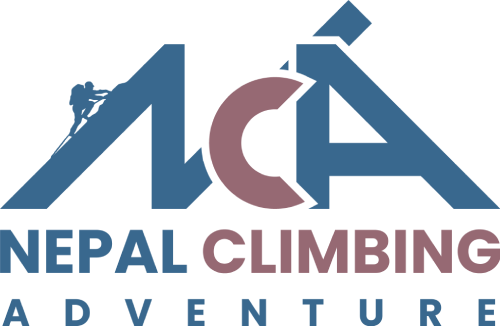
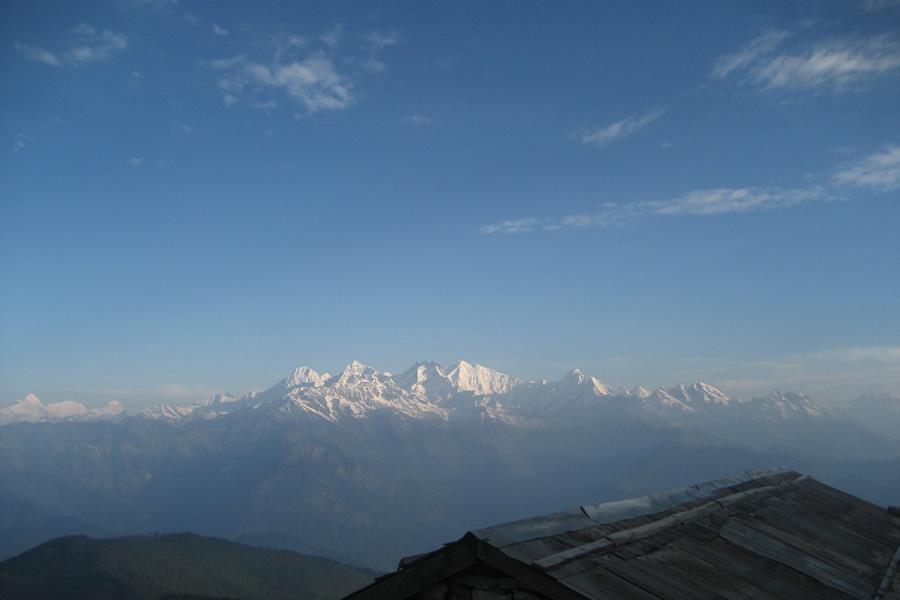
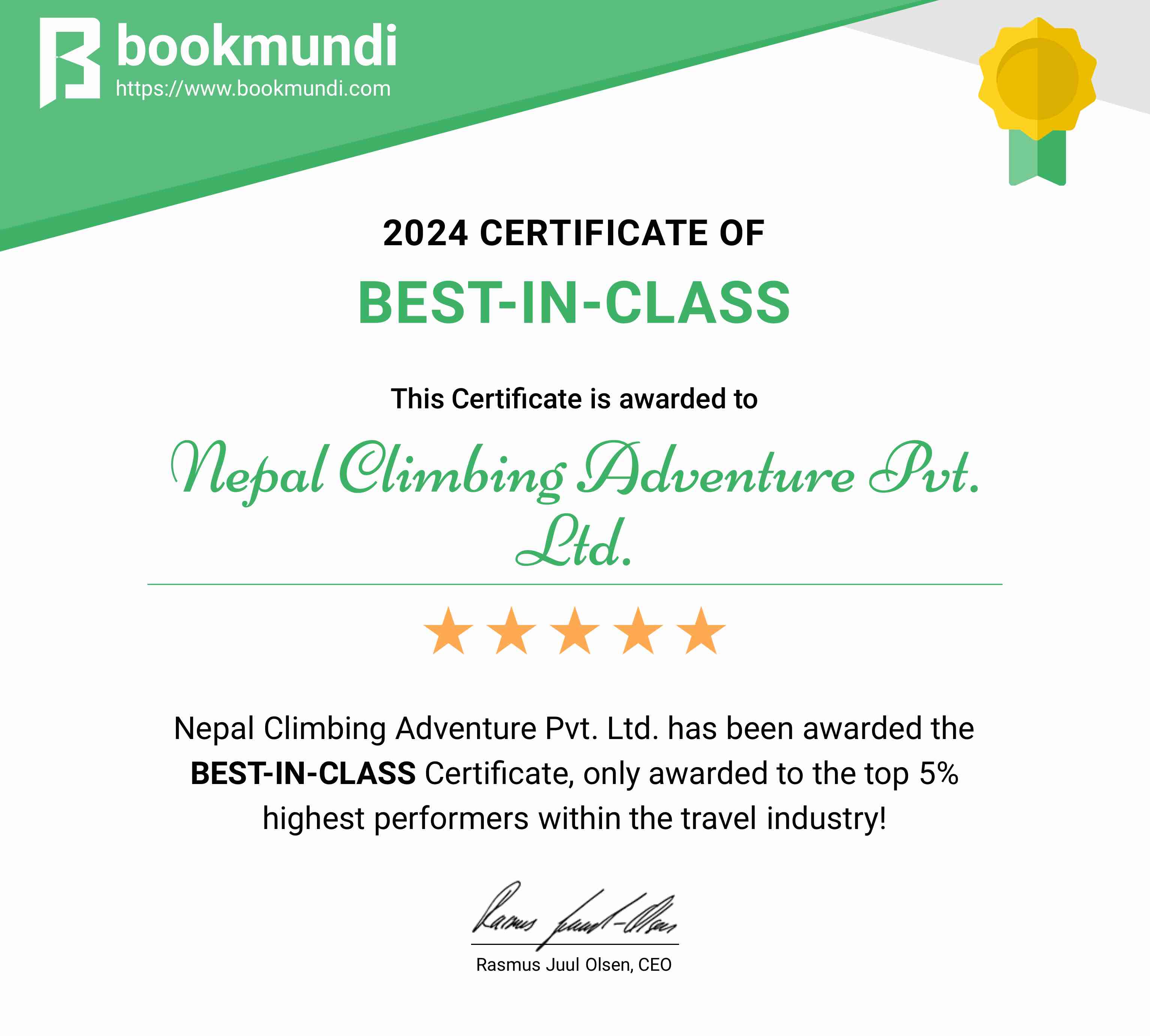

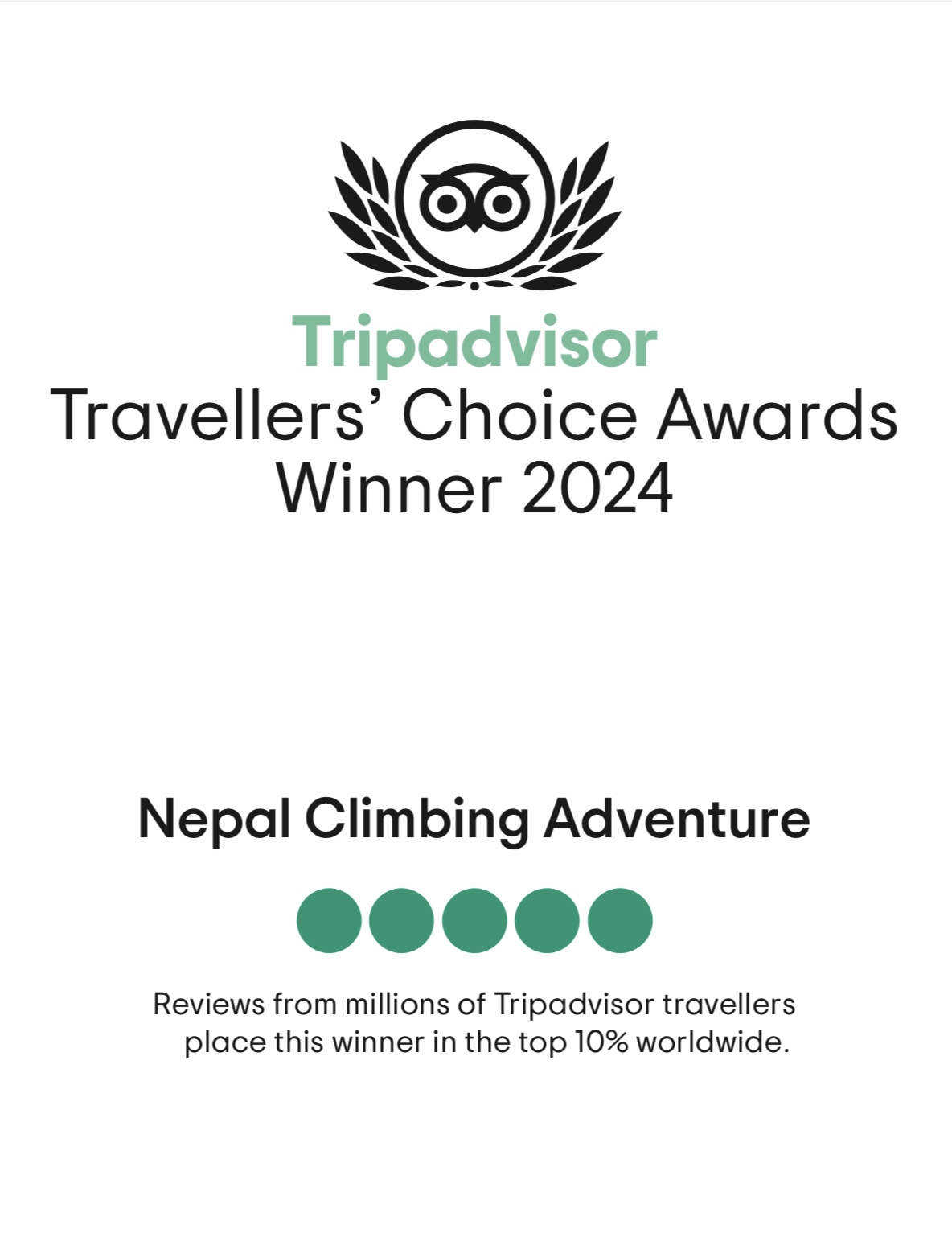
















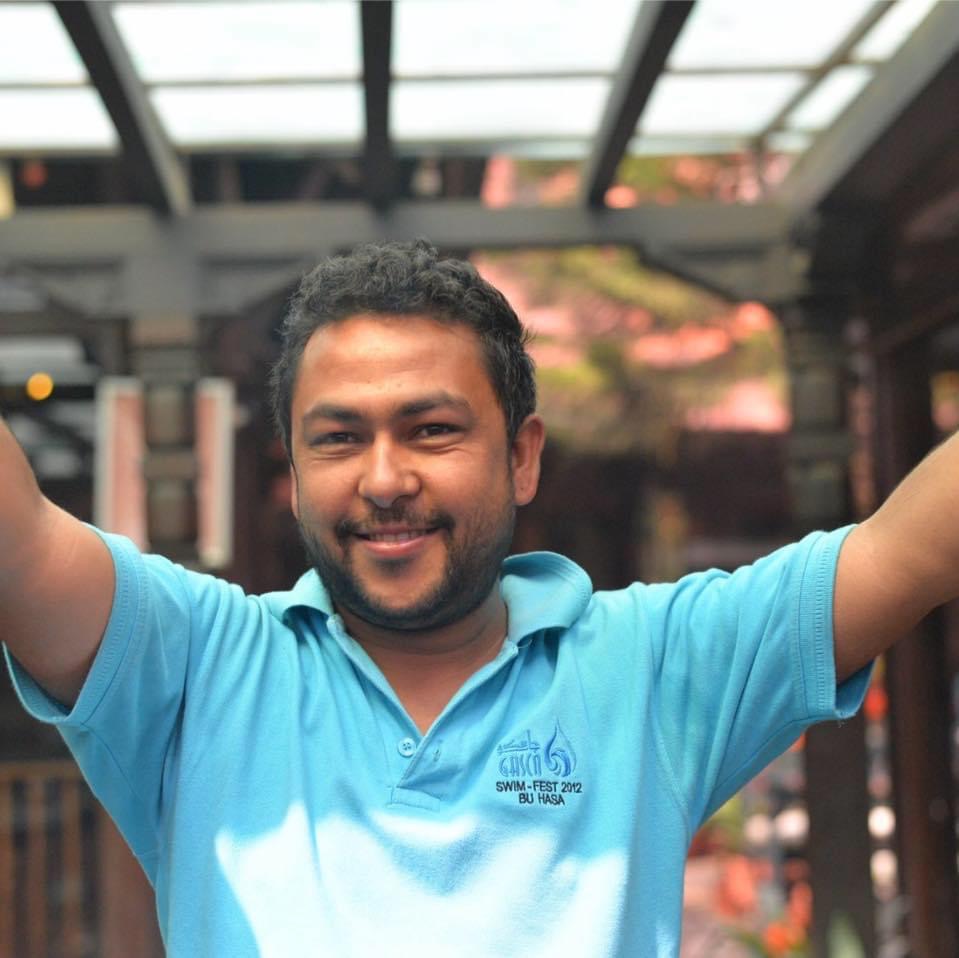 Chris Chhetri
Chris Chhetri